BY ELIZABETH M. BEMISSEach year, the Notable Children’s Books in Language Arts Committee (NCBLA) reads and discusses works of fiction, non-fiction, and poetry written for K-8 readers. Committee members, seven dedicated children’s literature enthusiasts, with experience ranging from elementary school teaching, to school librarians, and finally, university faculty with expertise in children’s and young adult literature, consider the requisite qualities for narrowing down the winners to a list of 30 titles. In this post, I will feature two poetic picture books included in the 2020 Notables list, Lion of the Sky: Haiku for All Seasons (2019), and Room on Our Rock (2019).
Teaching Tips for Using the Books as Mentor TextsUtilized as mentor texts, these poetic picture books provide readers with delightful opportunities to craft their own written responses inspired from the texts. The whimsical collection of “riddle-ku” poems in Lion of the Sky invites readers to enjoy a play on language and is an inspiring way to help young writers craft unique poetry of their own. Students can create their own “riddle-ku” poems and invite peers and family members to guess the answer to their “riddle-kus.” To scaffold young writers, teachers can draw from this brainstorming resource from Millbrook Press where students can craft a “Zoo-ku,” or a “riddle-ku” about an animal. Additionally, students can publish their “riddle-ku” on a Padlet Page created by the author, Laura Purdie Salas. Another way students can craft their poems is through Read Write Think’s Interactive Haiku Generator, which guides students through brainstorming, drafting, and publishing, where individual background images can be added to the published “riddle-ku.” The poetic forward and backward reading of Room on Our Rock can foster rich conversations between readers about the varying messages from the book when read forward versus backward as well as discussions surrounding point of view. Teachers can guide students to reflect on the kind of tone and voice needed to read the book forward and how it changed to read the book backward. Teachers could also have students think about how the artwork on each page was used to create the tone of the book from two perspectives. After engaging in deep conversation around the book, students can partner up to write a review of the book and then share their reviews via free audio or video sharing applications. Students can post links to the reviews on a class page such as note.ly or Padlet. Elizabeth M. Bemiss, an Assistant Professor at the University of West Florida, teaches courses in children’s and young adult literature and literacy methods. Elizabeth is a member of the 2019-2021 Notables Committee. BY ALLY HAUPTMAN Why do we teach vocabulary? At its core increasing a student’s vocabulary gives that student power. The power to express ideas, opinions, and feelings. The power to find the right words to persuade, inform, or to bring joy to readers. The power to build knowledge and understand complex concepts across disciplines. To effectively teach vocabulary and empower our students, teachers must provide rich and varied language experiences, learning experiences that connect words within a context, and opportunities to develop word consciousness (Allen, 2014). Students need opportunities to read, write, and talk in authentic ways. Teachers can model how to use words in context, and immerse students in the language of different disciplines. We need to show students how powerful words are in helping us communicate our ideas. We have to show them how to become “word collectors.” We need to teach vocabulary within context, and intentionally put students in situations where they make connections between words and concepts. One of the most effective ways for students to make connections and construct meaning is to make sure new vocabulary is presented within a meaningful context. This is where excellent children’s literature comes into play. There are so many brilliantly written non-fiction picture books that can be used to teach vocabulary within a context. With students, I refer to these non-fiction books that are accessible to young readers and use text features in interesting ways, as jazzy non-fiction. Students are drawn to these texts because they make the subject fascinating for readers. One author whose jazzy nonfiction I often use is Jess Keating. She is an author, artist, and zoologist who creates texts that spark curiosity about animals and women in science. In her World of Weird Animals series, she uses photographs, cartoons, and text features in unique and engaging ways. This is what makes her books so appealing to young readers, but as a teacher I am drawn to the complex vocabulary she uses in her writing. Jess Keating books can be used as mentor texts for writing, sparking a myriad of writing possibilities for students as they begin to see creative ways to write nonfiction. Jess Keating books are perfect for modeling a rich array of metacognitive comprehension strategies like determining importance. Jess Keating books are the best for teaching science concepts and related vocabulary within an authentic context. Cute As an Axolotl: Discovering the World’s Most Adorable Animals
In this text, Jess Keating and David DeGrand present a combination of stunning animal photographs, cartoon animals, and text features that invite readers to learn about some seriously cute creatures. For each animal, Keating lists facts like species name, size, diet, habitat, predators and threats. She also tells the reader strange, interesting facts that leave you wanting to do more research on these adorable creatures.
Learning Experience Using Cute As an Axolotl
|
Investigate
Investigate focuses on authors’ and illustrators’ craft and structure. Suggested mini-lessons, writing opportunities, and talking points invite students to take composition-focused “closer looks” and “tryouts,” accentuating the importance of authors’ and illustrators’ craft from multiple perspectives. For Otis and Will Discover the Deep, we call students attention to the craft of developing narrative tension though words and illustration. We also note the variety of engaging verbs employed by Rosenstock and her precision with language. We suggest an examination of the back matter augmented by listening to Rosenstock’s discussion of the role of back matter in our interview with her. |
Explore
Explore offers resources to connect ideas, historical events, and scientific discoveries and inventions within the featured biographies to our world. These resources are selected to help readers deepen and extend their understandings of and connections between historical events and eras, scientific progress and modern conveniences, and to illustrate the interconnectedness of life across geographical places/spaces and disciplinary perspectives. Otis Barton and Will Beebe were driven by their curiosity about the ocean depths - what kinds of life would they find in the deep regions? We offer a collection of resources to help students research their own questions about deep-sea animal life. We also suggest a broader exploration of contemporary scientific research about animals and their habits. What kinds of organizations are sponsoring research? Who are the people who are carrying out current investigations? What can be learned about the process of science by learning more about their work? This section also includes ideas to explore social and emotional learning. We offer suggestions for using Dramatic Tableaux as a tool to explore the lived experiences of characters. We also invite teachers and students to consider how personal passions and interests in childhood shape who we become as adults. |
Create
Create invites readers to apply what they learn and know from the biographies to their current communities and contexts. Acutely aware of time and resources, our suggestions are typically designed to meet educators where they are and offer additional opportunities. For Otis and Will Discover the Deep we suggest engaging students with the history of ocean exploration, the creation of a timeline of key people and key exploration vehicles along with an opportunity to explore the life stories of contemporary oceanographers. We also suggest a focus on the theme of collaboration, inviting students to consider the effective elements of collaborations and the ways that we can all benefit from collaborations that include multiple perspectives. |
CREATE with Otis and Will Discover the Deep.
Featured here is one of the teaching ideas inspired by Otis and Will Discover the Deep:
Unlikely Collaborators: Researching Collaboration
When we interviewed Barb Rosenstock about researching and writing, Otis and Will Discover the Deep, we were so surprised to discover that Otis and Will didn’t like each other! Given the incredible teamwork displayed in the book, we were a bit dumbfounded. But as Rosenstock points out, getting a job done does not always require that people like each other. It’s about the commitment to the task at hand and the sharing of talents and information to make it happen. How does teamwork and collaboration happen? Why is it so important?
If you have 1-2 hours... |
If you have 1-2 days... |
If you have 1-2 weeks... |
Discuss the ways in which Otis and Will, along with an unnamed team of workers, refined their process of collaboration within the book. Next, listen to our interviews with Rosenstock and Katherine Roy. How did each collaborate with other people in order to research and create the book? What collaborations take place in your classroom on a regular basis? In your school? Have students brainstorm additional ways that they might be able to collaborate across the school day. |
Compare and contrast the collaborations you discussed previously and consider the collaborations within the following picturebooks: Side by Side/Lado a Lado: The Story of Dolores Huerta and Cesar Chavez/La Historia de Dolores Huerta y Cesar Chavez by Monica Brown, illustrated by Joe Cepeda Hiawatha and the Peacemaker by Robbie Robertson, illustrated by David Shannon Sit In: How Four Friends Stood Up by Sitting Down by Andrea Davis Pinkney, illustrated by Brian Pinkney Seeds of Freedom: The Peaceful Integration of Huntsville, Alabama by Hester Bass, illustrated by E.B. Lewis Those Rebels, John and Tom by Barbara Kerley, illustrated by Edwin Fotheringham |
Have students identify people in your community who collaborate with one another. For example, your local grocery store might collaborate with a local food bank. A local church might partner with a homeless organization. A local artists’ collective might collaborate with a restaurant to display work. Have students generate interview questions and then conduct in-person or virtual interviews with them about the importance of collaboration. Students could commemorate these collaborations through art and poetry. Or, students could brainstorm a list of new collaborations that might be beneficial to the community, that they can share with local leaders |
By investigating biographers’ research and writing processes and connecting people and historical events to our modern lives, we hope to motivate change in how readers engage with biographies, each other, and the larger world. To see more classroom possibilities and helpful resources connected to Will and Otis Discover the Deep: The Record Setting Dive of the Bathysphere, visit the Will and Otis entry at the Biography Clearinghouse.
Additionally, we’d love to hear how these interviews and ideas inspired you. Email us at thebiographyclearinghouse@gmail.com with your connections, creations, questions, or comment below if you’re reading this on Twitter or Facebook.
If you are interested in receiving notifications when new content is added to the Biography Clearinghouse, you can sign up for new content notices on our website.
Mary Ann Cappiello teaches courses in children’s literature and literacy methods at Lesley University, blogs about teaching with children’s literature at The Classroom Bookshelf, a School Library Journal blog, and is a former chair of NCTE’s Orbis Pictus Award for Outstanding Nonfiction K-8.
By Katie Caprino, Elizabethtown College
Reflecting back on my work as a middle and high school English teacher, I lament the limitations I feel were put on my work as a creative person. Even my current role as a literacy teacher educator seems overwhelmed at times by elements which I feel are the absolute antithesis to creativity.
My opportunity to teach the creative methods course at my institution gave me a space to engage with creativity and to help future teachers think critically about what creativity looks like in the classroom and inspire them to be creative teachers. Inspired by Brandt’s (1998) work on literacy sponsors, I believe that teachers, students’ peers, and even students themselves play an important role in being creativity sponsors.
In this blog post, I share a few contemporary books that provide portrayals of creativity sponsors, framing my work in the context of research on creativity. I then provide teachers with some ideas on how to use contemporary children’s literature texts as inspiration to facilitate a creative classroom.
The Books
|
One Time. Creech’s (2001) Love That Dog has been a mentor text for many of my students’ poetry writing. My sixth graders and my preservice teachers laugh at the same parts of this ode to poetry and write beautiful pieces inspired by the poems referenced in the text. It should not be surprising that I was so excited to read Sharon Creech’s (2020) latest middle grades book One Time. Readers are introduced to Gine Filomena, who is an imaginative eleven-year old.
Gina has always had her dad to cultivate her creativity, but she really blooms when Antonio, her creative and somewhat mysterious neighbor joins her class, which is taught by the new and creative teacher Miss Lightstone. Miss Lightstone tries out methods unheard of with the last teacher: time to write, inspiration boards, wordplay, and provocative questions on the board like Who are you? The other students in the class are a bit slower to adopt Miss Lightstone’s methods of giving them choice and few boundaries. They want to know how they will be graded. And exactly what to do. There is mystery and intrigue, and not everything makes complete sense to the characters in or the readers of One Time, but one thing is clear: Gina will always remember her creativity sponsor: Miss Lightstone. This is a powerful book that touches upon issues of creativity and, more broadly, what our schools have become. It is a book that would make a wonderful read-aloud to younger students, a fabulous read at the middle grades level, and a powerful read for preservice teachers. |
|
Ish. I have come to love the work of Peter H. Reynolds. As part of my work on this project, I came across his 2004 children’s picture book Ish. This book introduces readers to Ramon, a boy who loves to draw. However, when his brother Leon ridicules him, he gives up. That is, until his sister Marisol brings him into her room full of all of his previous drawings. Marisol helps him understand an important lesson: that the process not the product matters (Resnick, 2018). His sister’s creativity sponsorship motivates him to think differently about his art and writing.
|
In the Draw-ish video embedded below, Peter Reynolds takes viewers to a creating adventure by starting with a single dot.
What Ish helps young children and adults realize is that it only takes one person to inspire an artist. When I use this children’s picture book in my creative methods course, I want to ask my students: Do you want to be more like Leon or Marisol in your classroom?
You can also read more about Peter Reynolds’s Animation-ish, a web-based animation program. |
|
What If. Writer Samantha Berger and illustrator Mike Curato teamed up to create a wonderful children’s picture book about a little girl’s ingenuity. Letting nothing stop her, she is committed to always creating, even when it means figuring out exactly what materials will help her reach her goal. The beauty of this book is not only in its storyline but also in its creative composition. The mixed-media illustrations give texture to a book that embodies creativity.
A perfect read-aloud title, What If is a creativity sponsor on its own, but I believe younger children will really be motivated by seeing a young girl, with no adult intervention, be creative on her own. The little girl does not have a creativity sponsor; she is capable of being her own. Her resourcefulness is inspiring. The story begins with her writing a story and then imagining if the pencil broke and how she would still create stories. She then shares how she would fold the paper to create stories and then chisel the table and carve the chair when she ran out of paper. And on and on. We want thinkers like this protagonist in our classroom, in our world. We want young children who can create on their own, perhaps with some scaffolds yes, as Resnick (2018) writes in his book Lifelong Kindergarten: Cultivating Creativity through Passion, Projects, Peers, and Play and as Miss Lightstone realizes in Creech’s (2020) One Time, but we want them to have the resilience and confidence to do some of the creative lifting themselves. Resnick (2018) emphasizes the importance of having students engage in the creative learning spiral, a process by which students imagine, create, play, share, and reflect. What if helps young readers see the power of the first three tenets. Teachers and parents would be smart to organize classrooms that facilitate the creative opportunities the story’s lead creative character has. |
|
|
On a Magical Do-Nothing Day. One thing I have noticed during the time of COVID was that the people who told me they were bored the least were people whom I would characterize as having hobbies and being readers. Now certainly, I have not validated my hunch through systematic study, but I do wonder if creativity has served some as a type of buffer to the challenges of this unprecedented time for some people. It’s almost as if we have had almost a half of year of what Beatrice Alemagna’s (2016) character in On a Magical Do-Nothing Day experiences.
A young child laments coming to a cabin with their mother. Wanting to only play an electronic game, the child’s mom takes the game away. Of course, the child finds it and heads outside into what is a miserably rainy day - made more miserable when the game is lost. But what the loss of the game allows is for the child to see the world in a new way. This book is less about a young child creating creative products, like in What If, but it is a book about opening oneself up to notice things in different ways. And this is something play allows. Emphasizing the importance of play to the creative process, Resnick (2018) discusses how pivotal it is that we allow students to play. The premise of his entire book, indeed, is that all grades should be more like kindergarten used to be, not overwhelmed with curriculum standards and coverage, but with opportunities for students to engage in his 4Ps: projects, passion, peers, and play. Because these, he claims, open up creativity’s doors. |
Now What?
And then I call for a little self-reflection. Are you, as a teacher, more like Leon or Marisol in Ish? How might you be more of a Miss Lightstone from One Time? When you think about your students, do they take risks like the little girl in What If? Or do they ask so many questions about how assignments will be graded and what you want like Gina’s classmates in One Time? Do your students know what to do with some free time like the little child in On A Magical Do-Nothing Day?
These reflections might prompt you to think about how you might use one of the books shared in this post as a mentor text for a lesson idea. Here are some ideas!
● Let your students freewrite, working up to longer periods of time, and share their work. (One Time)
● Provide students with an object and ask them what they would do if that object broke in order to complete an intended
task. (What If)
● Offer spaces in your classroom where your students can explore and play. (On a Magical Do-Nothing Day)
● Invite your students to draw a picture, and post everyone’s picture in a gallery. (Ish)
It is important to think about how important creativity sponsors are in a child’s life. Teachers can be creativity sponsors, but so, too, can peers and children themselves – if we let them! It is my hope that these book recommendations, along with the reflective prompts and lesson ideas, may inspire creativity in you and your students!
Alemagna, B. (2016). On a magical do-nothing day. New York: HarperCollins.
Berger, S. (2018). What if. New York: Hachette Book Group.
Brandt, D. (1998). Sponsors of literacy. College Composition and Communication, 49(2), 165- 185.
Creech, S. (2020). One time. New York: HarperCollins.
Creech, S. (2001). Love that dog. New York: HarperCollins.
Resnick, M. (2018). Lifelong kindergarten: Cultivating creativity through projects, passion, peers, and play. Cambridge,
MA: MIT Press.
Reynolds, P. (2004). Ish. Somerville, MA: Candlewick.
Authors:
CLA Members
Supporting PreK-12 and university teachers as they share children’s literature with their students in all classroom contexts.
The opinions and ideas posted in the individual entries are those of the individual authors and do not necessarily reflect the opinions or views of CLA or the Blog Editors.
Blog Editors
contribute to the blog
If you are a current CLA member and you would like to contribute a post to the CLA Blog, please read the Instructions to Authors and email co-editor Liz Thackeray Nelson with your idea.
Archives
March 2024
February 2024
January 2024
December 2023
November 2023
October 2023
September 2023
August 2023
May 2023
April 2023
March 2023
December 2022
November 2022
October 2022
September 2022
August 2022
June 2022
May 2022
April 2022
March 2022
February 2022
January 2022
December 2021
November 2021
October 2021
September 2021
August 2021
June 2021
May 2021
April 2021
March 2021
February 2021
January 2021
December 2020
November 2020
October 2020
September 2020
August 2020
June 2020
May 2020
April 2020
March 2020
Categories
All
Activism
Advocacy
African American Literature
Agency
All Grades
American Indian
Antiracism
Art
Asian American
Authors
Award Books
Awards
Back To School
Barbara Kiefer
Biography
Black Culture
Black Freedom Movement
Bonnie Campbell Hill Award
Book Bans
Book Challenges
Book Discussion Guides
Censorship
Chapter Books
Children's Literature
Civil Rights Movement
CLA Auction
CLA Breakfast
CLA Expert Class
Classroom Ideas
Collaboration
Comprehension Strategies
Contemporary Realistic Fiction
COVID
Creativity
Creativity Sponsors
Critical Literacy
Crossover Literature
Cultural Relevance
Culture
Current Events
Digital Literacy
Disciplinary Literacy
Distance Learning
Diverse Books
Diversity
Early Chapter Books
Emergent Bilinguals
Endowment
Family Literacy
First Week Books
First Week Of School
Garden
Global Children’s And Adolescent Literature
Global Children’s And Adolescent Literature
Global Literature
Graduate
Graduate School
Graphic Novel
High School
Historical Fiction
Holocaust
Identity
Illustrators
Indigenous
Indigenous Stories
Innovators
Intercultural Understanding
Intermediate Grades
International Children's Literature
Journal Of Children's Literature
Language Arts
Language Learners
LCBTQ+ Books
Librarians
Literacy Leadership
#MeToo Movement
Middle Grade Literature
Middle Grades
Middle School
Mindfulness
Multiliteracies
Museum
Native Americans
Nature
NCBLA List
NCTE
NCTE 2023
Neurodiversity
Nonfiction Books
Notables
Nurturing Lifelong Readers
Outside
#OwnVoices
Picturebooks
Picture Books
Poetic Picturebooks
Poetry
Preschool
Primary Grades
Primary Sources
Professional Resources
Reading Engagement
Research
Science
Science Fiction
Self-selected Texts
Small Publishers And Imprints
Social Justice
Social Media
Social Studies
Sports Books
STEAM
STEM
Storytelling
Summer Camps
Summer Programs
Teacher
Teaching Reading
Teaching Resources
Teaching Writing
Text Sets
The Arts
Tradition
Translanguaging
Trauma
Tribute
Ukraine
Undergraduate
Using Technology
Verse Novels
Virtual Library
Vivian Yenika-Agbaw Student Conference Grant
Vocabulary
War
#WeNeedDiverseBooks
YA Lit
Young Adult Literature

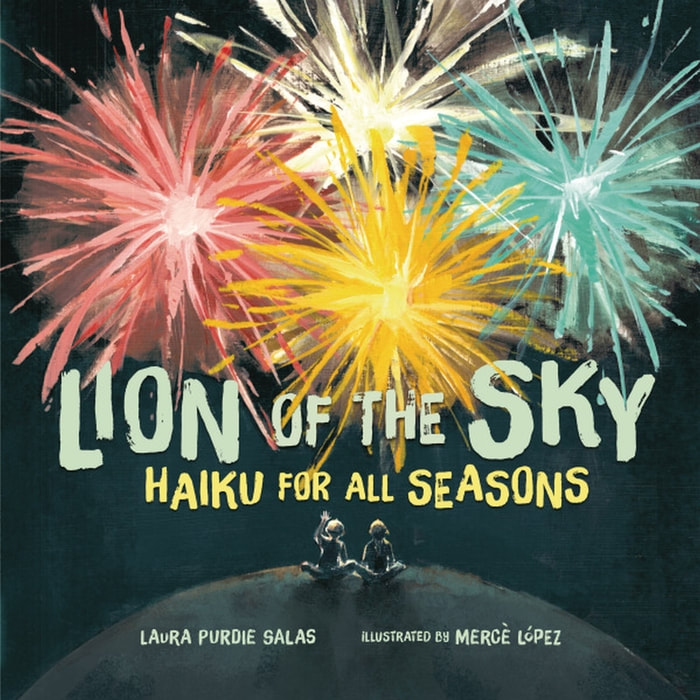
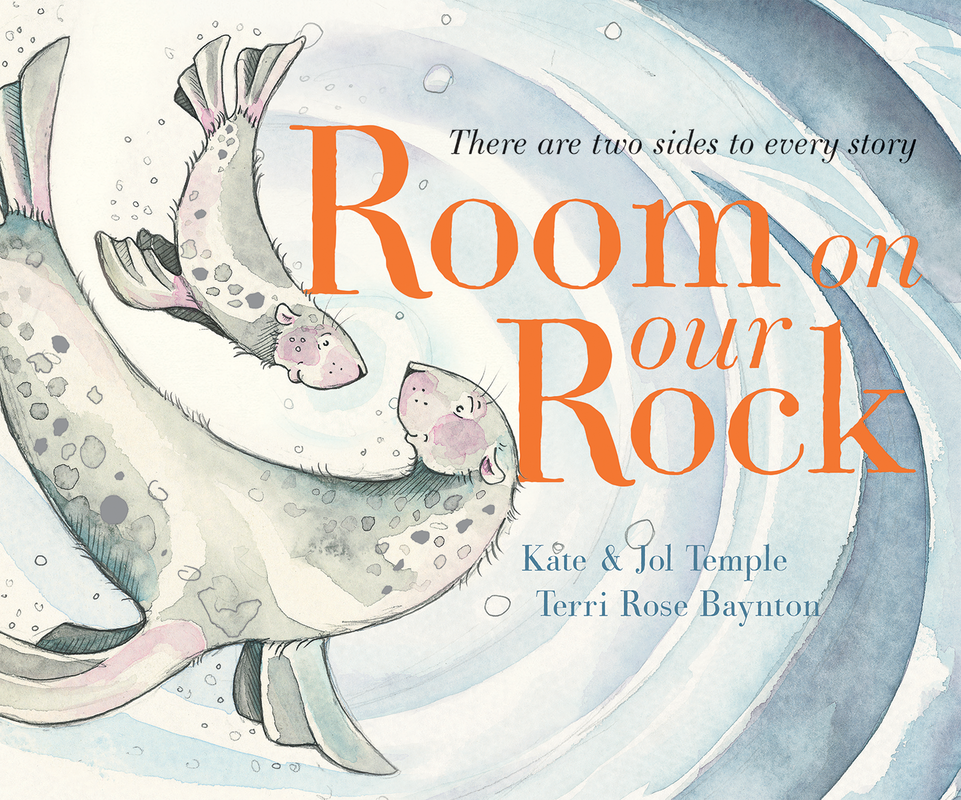
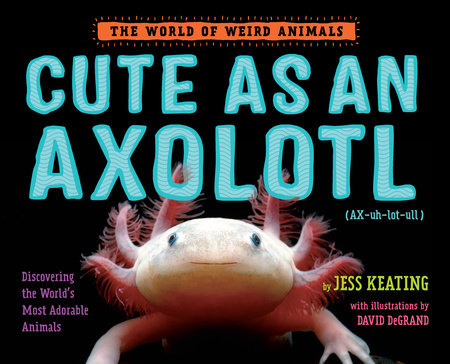
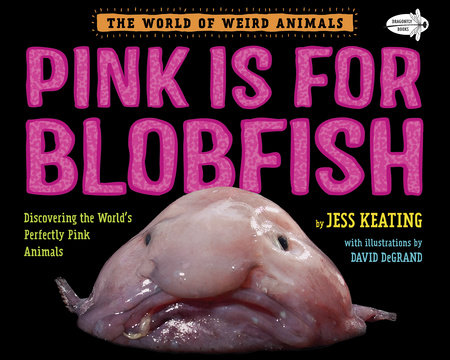
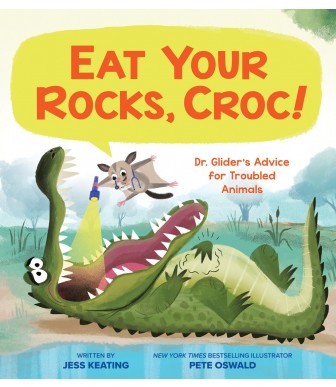
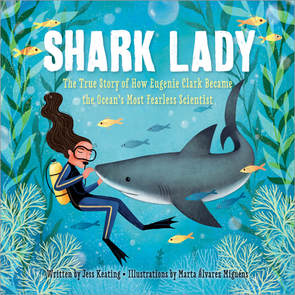


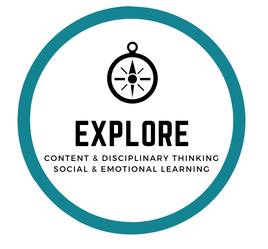
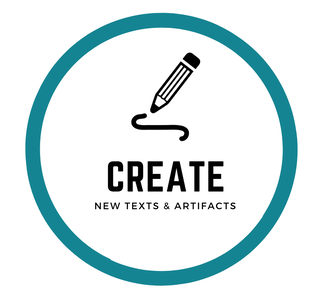
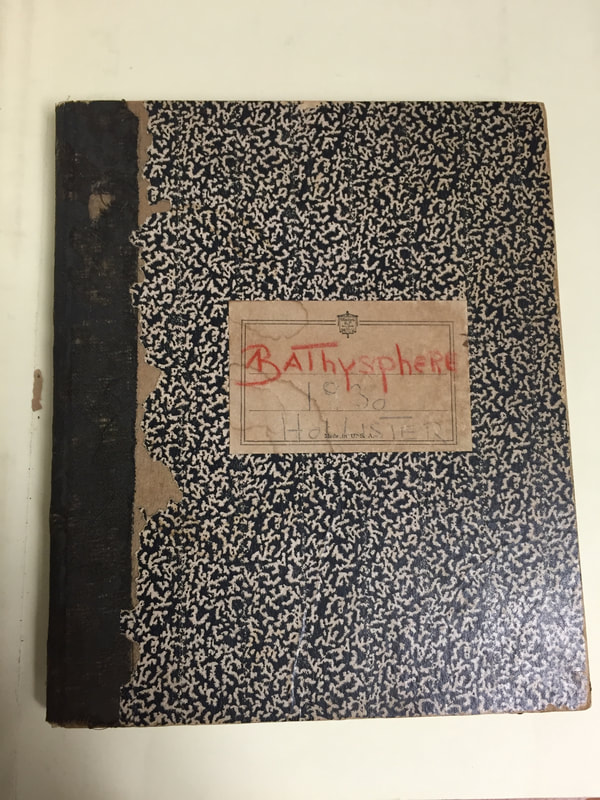
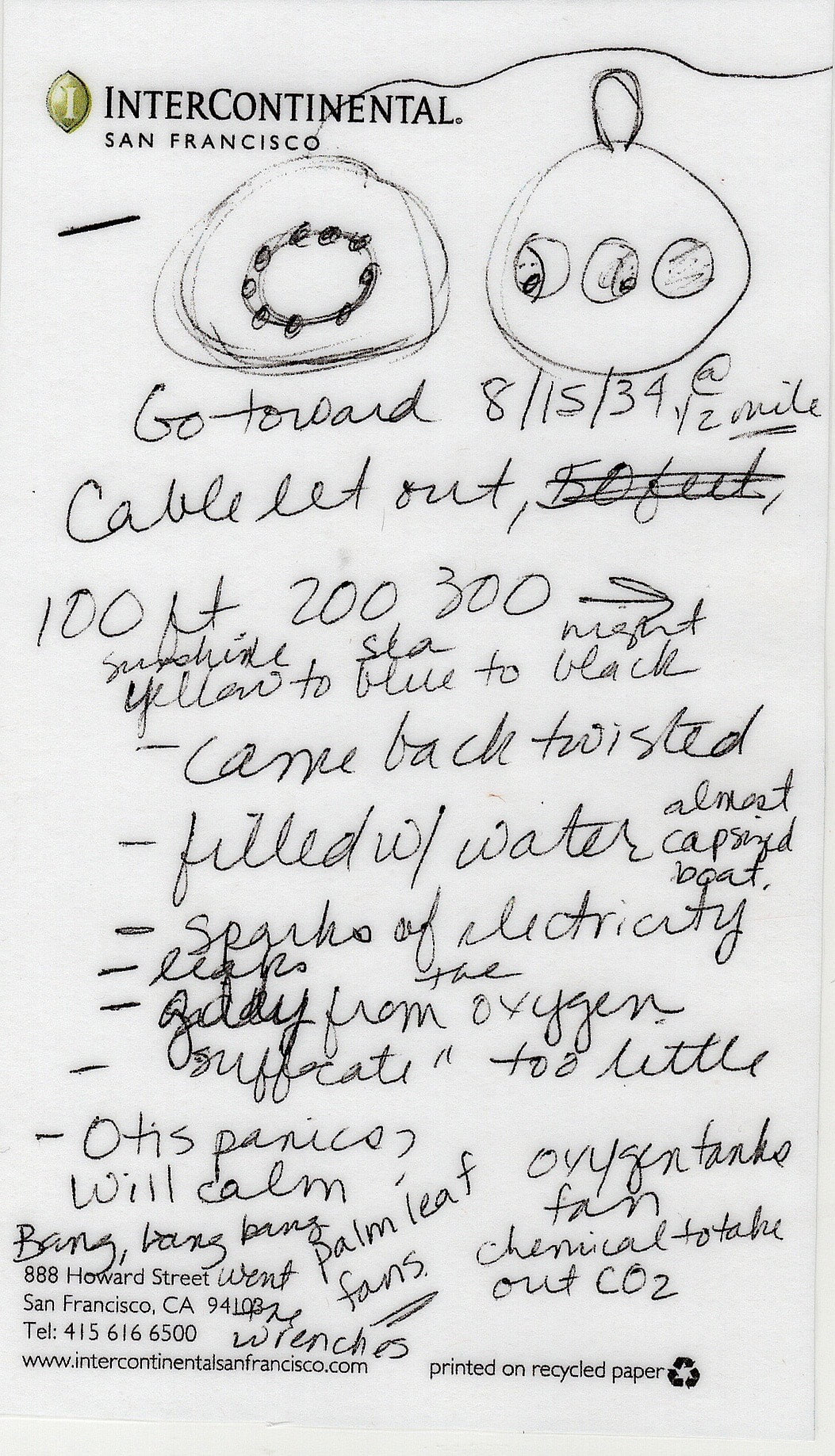

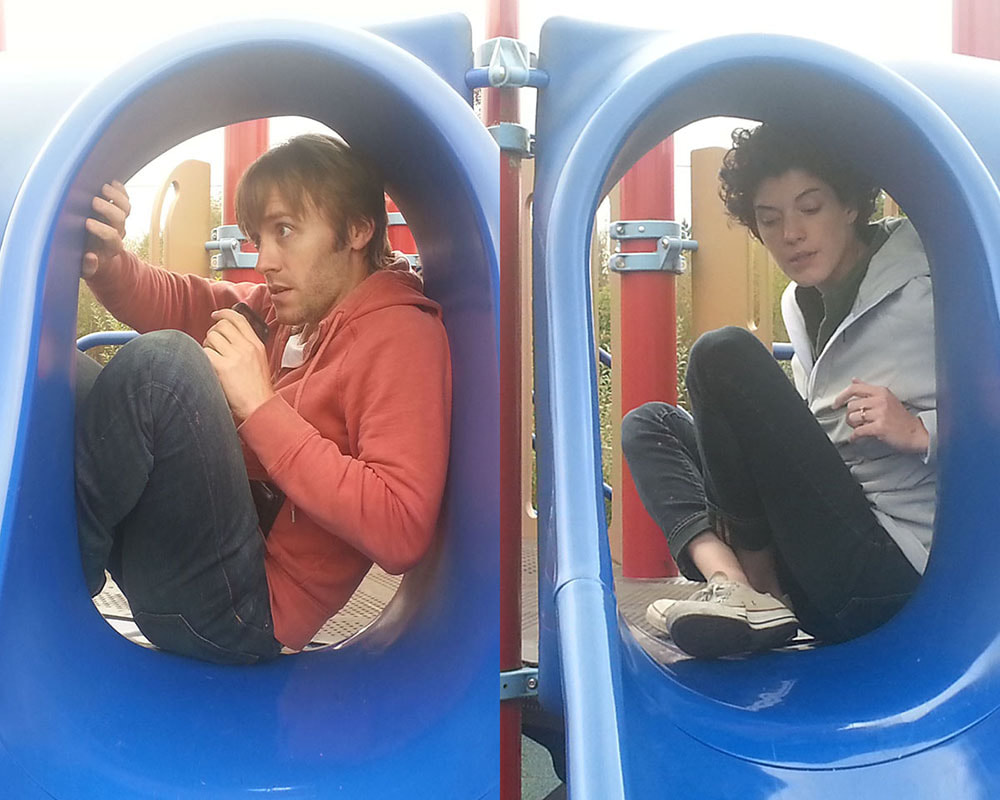
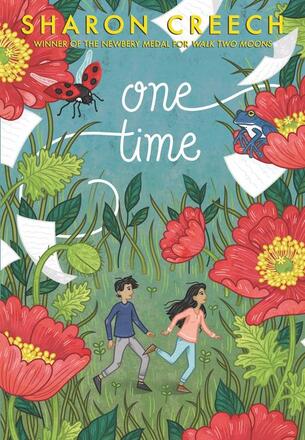
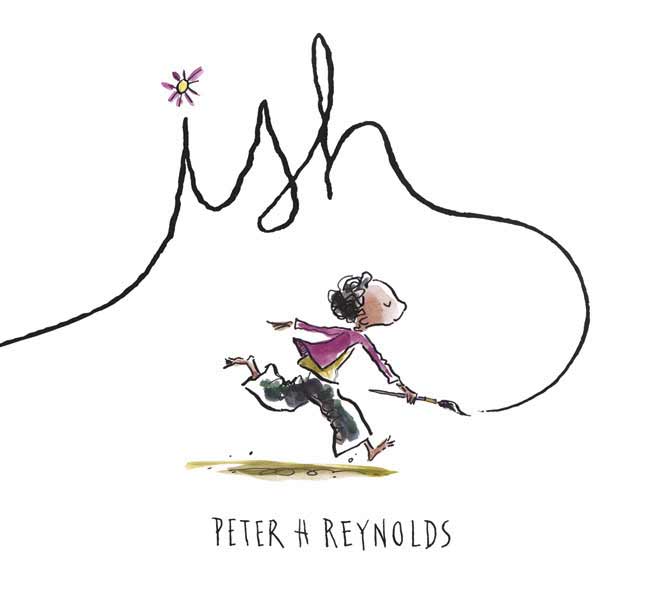
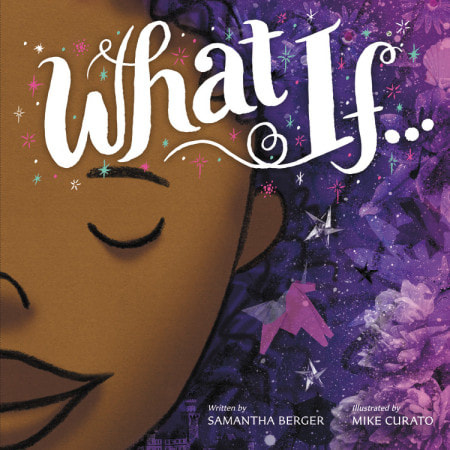
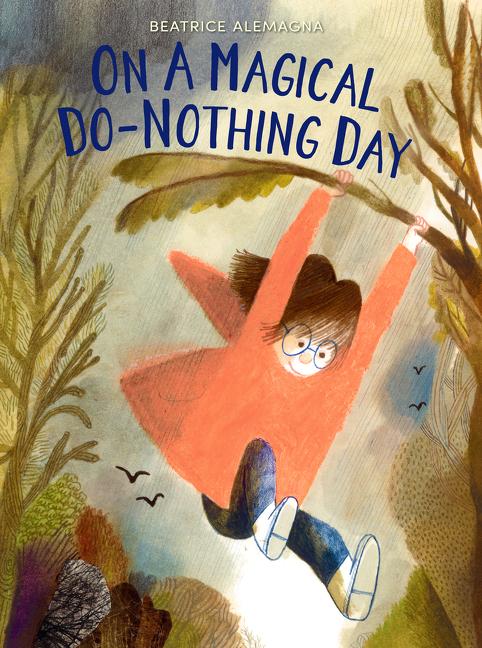
 RSS Feed
RSS Feed